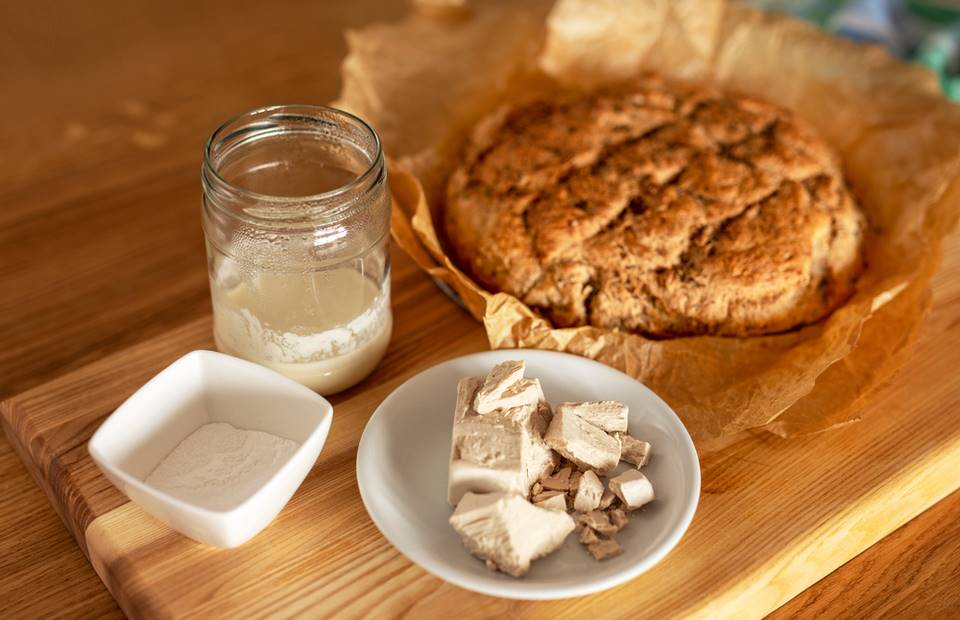We cannot imagine baking without yeast. But what if we are not sure of its age or quality? Read what you didn’t know about yeast and how to test it easily.
What is Yeast?
Yeast, or leaven, are actually living cells of the yeast species Saccharomyces cerevisiae, which need sugar to reproduce. This yeast converts the natural sugars in the flour into alcohol and carbon dioxide. This will subsequently cause the dough to rise.
Is yeast healthy?
Decidedly. Yeast is mainly rich in vitamin B, especially vitamin B1 (thiamin), B2 (riboflavin) and B3 (niacin). It also contains proteins and some minerals, especially chromium.
Yeast has a beneficial effect on the nervous system, heart activity and skin. It supports the proper functioning of the digestive system and is also good for the eyes. Relieves insomnia and depression.
Types of yeast
There are two basic types of yeast: fresh and instant. Fresh yeast should be tightly packaged, have a light cream color, crumble easily, and smell good. It is stored at temperatures between 1 and 8°C, ideally 5°C. Instant yeast (in a bag) can last up to two years. If you have any doubts about the function of instant yeast, leave them behind. The principle of bulking is the same. It just doesn’t contain water, so it has to be dosed differently. The ideal is to use 1 cube of fresh yeast (approx. 42 g) or 1 sachet of instant yeast (10 g) per 1 kg of flour.
How to test for yeast?
And finally we come to the home tests. Sometimes you may not be sure about its applicability. In this case, prepare some warm water, sugar, a mug and go.
Heat the water to approximately 39°C. Pour some into a cup (about ¼) and mix in a teaspoon of sugar. Mix well to dissolve the sugar, then add a teaspoon of yeast. Mix and leave to rest for 10 minutes. If the mixture rises and forms a nice beige foam, the yeast is fine.
Photo: Shutterstock


